■ The Nautilus Synthesizer
As a Christmas gift to myself in December, I purchased the Korg Nautilus, a music workstation synthesizer, from Sound House.
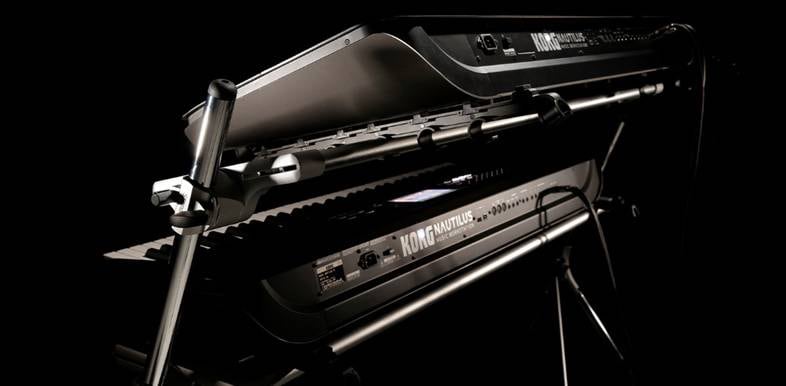
Nautilus Rear Photo, Source: Korg Website
Nautilus is the name of the submarine that appears in Jules Verne’s science fiction novel Twenty Thousand Leagues Under the Sea. It was adapted into the film 20,000 Leagues Under the Sea by Walt Disney.

Nautilus Submarine Movie Poster, public domain (Source: Wikipedia)
The submarine in 20,000 Leagues Under the Sea has a pointed, saw-shaped front. I remember thinking it was cool as a child, and the memory remains with me. However, whether this design is reflected in Korg’s Nautilus music workstation synthesizer is highly questionable. The Korg Nautilus has a beautiful shape with rich curves.
The name ‘Nautilus’ also refers to the nautilus shell, so perhaps Korg was inspired by its form.
This time, I’m going to talk about synthesizer design.

Nautilus shell, CC BY-SA 2.5 (Source: Wikipedia)
■ WaveStation: A Vector Synthesizer with a Similar Design
From a top view, the Nautilus resembles Korg’s previous WaveStation, which was a vector synthesizer created using a multi-waveform synthesis system. It gained attention during the digital synthesizer boom for offering a new sound engine.
I once owned a WaveStation and found it very useful for creating sound effects for TV programs. Being digital, its output had a harder, sharper sound compared to analog instruments. I also remember it being heavier than it appeared.
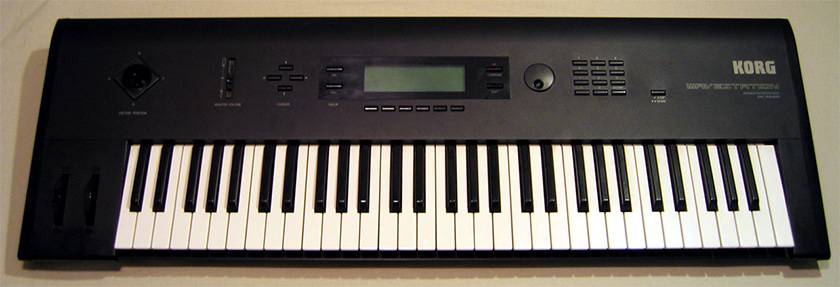
Korg WaveStation, CC BY-SA 3.0 (Source: Wikipedia)
⇒ List of Current WaveStation Series
■ Synthesizers with Excellent Designs
Let me introduce some synthesizers that I consider to have outstanding design. For example, the Kurzweil K250 and Yamaha SY77, with their slightly raised panel sections. I had never seen a design quite like this before.
The SY77 was a super synthesizer combining FM and sampling synthesis, which was out of reach for amateurs.
Its design promised great sound, and it has remained in my memory.
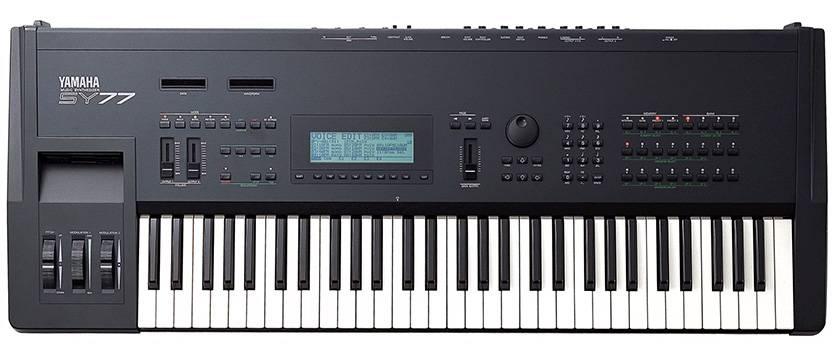
Yamaha SY77, Source: Yamaha Website
But the ultimate synthesizer design, in my opinion, is the Minimoog synthesizer.
The control panel, integrated with the keyboard, has a raised section at the back, making it easier to adjust knobs while playing. Some players even preferred playing without raising the panel, which still looked great.
There are photos of Chick Corea and Jan Hammer playing without the panel raised.
Also, Keith Emerson used to play his Minimoog on top of a Hammond C3 organ, and his playing style—adjusting the panel while performing—had an academic and iconic quality.
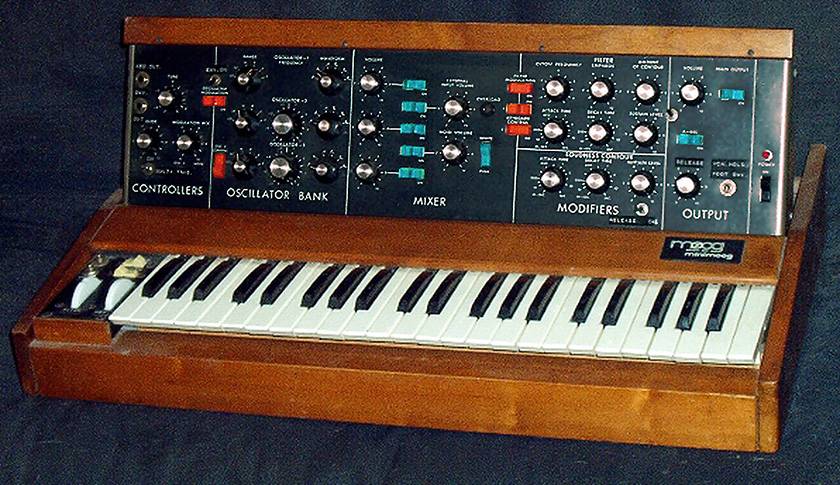
Minimoog, public domain (Source: Wikipedia)
There is another synthesizer with a special presence in a different sense:
The EMS Synthi AKS. This synthesizer was used in Pink Floyd’s legendary album The Dark Side of the Moon. EMS stands for Electronic Music Studios.
The keyboard is touch-sensitive and integrated with the control panel, fitting neatly into an attaché case. Ryuichi Sakamoto was also a devoted user of this synthesizer.
The panel features a matrix board, where pins are inserted to create sounds—a unique and distinctive control interface.
The scene where Pink Floyd members David Gilmour and Roger Waters crafted the sequence phrase for the track “On the Run” left me in awe, as if I had glimpsed behind-the-scenes secrets of their production process.
This was an era when the concept of a sequence phrase was largely unknown. Turning mysterious knobs and dials to produce unheard-of sounds, creating evolving tones from the same phrase—it was a magical, otherworldly experience. Naturally, the design itself was captivating as well.
Throughout history, iconic synthesizers have boasted distinctive designs that perfectly synchronized with their sounds. Synthesizers, heralding the dawn of a new era, not only reflected the innovative spirit of their times in sound but also in their design, embodying the transformative energy of their age.
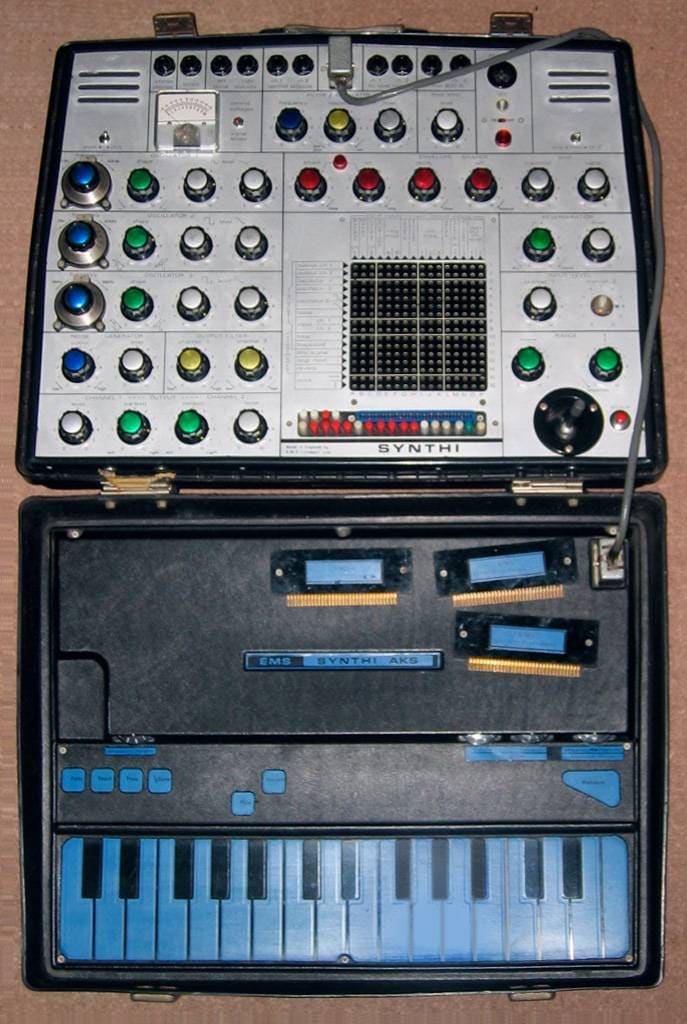
EMS Synthi AKS, CC BY-SA 2.5 (Source: Wikipedia)
■ The Unseen Design of the Nautilus
Returning to the Nautilus, I’ve shared an example of how synthesizers with exceptional designs have produced excellent sound.
The Nautilus incorporates design innovations and experiments that I’ve never seen before.
From the front or top, these features aren’t immediately apparent, but the instrument sandwiches two panels, with the lower panel curved and folded along the sides, creating a unique structure that sandwiches the upper panel and the internal components. It’s a bold design choice.
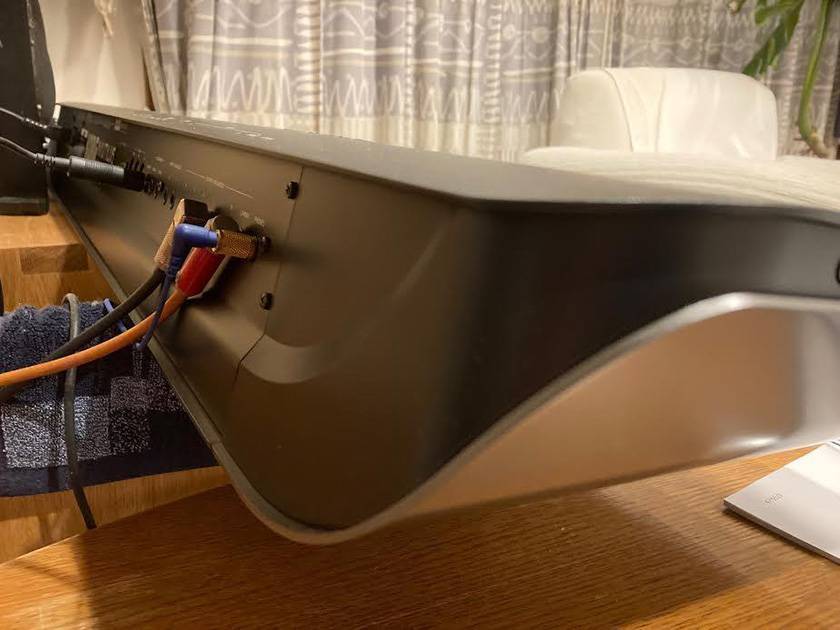
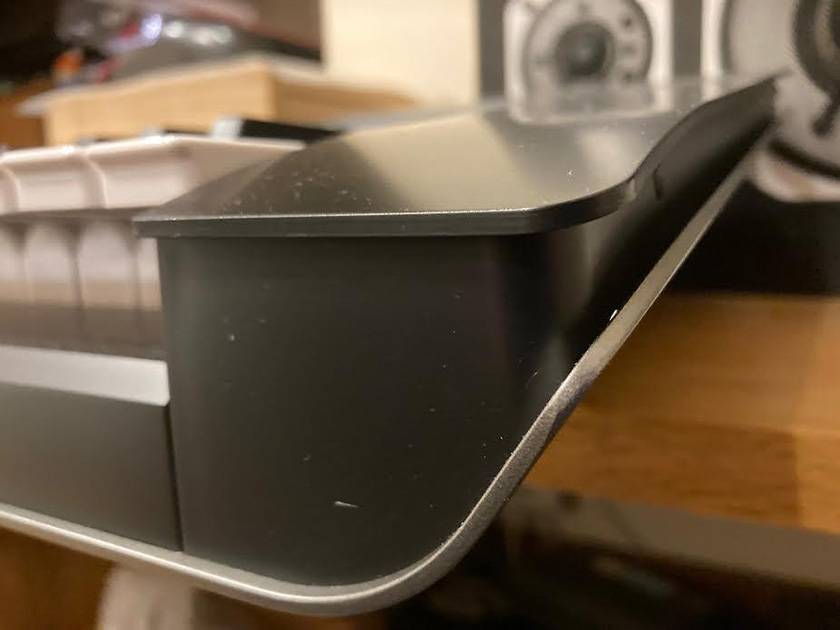
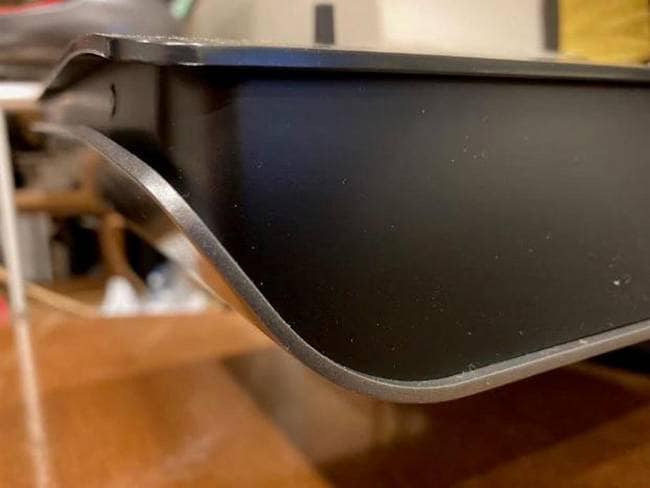
Side View of the Nautilus(Personal Photo)
This is a design unlike any I’ve encountered before.
Typically, synthesizers have a box-like structure with the panel and keyboard integrated, and many follow this conventional layout.
Most have the panel slanted toward the player with the keyboard underneath—a common and practical design.
Given the historical pattern that well-designed synthesizers often produce great sound, I have high expectations for the Nautilus.
If its sound quality matches its innovative design, it would be perfect.
However, I have yet to fully assess its sound.
I plan to provide further reports on that aspect in the future.
The “sound & person” column is made up of contributions from you.
For details about contributing, click here.





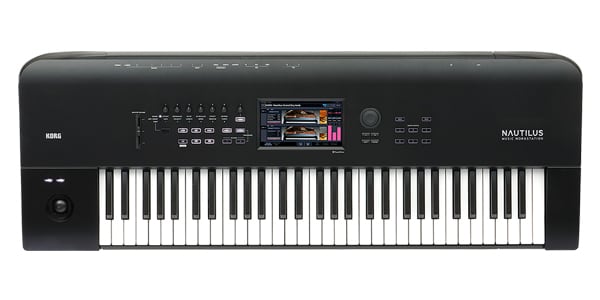








![[2025 Latest Edition] Choosing a Synthesizer/Popular Synthesizers Ranking](/contents/uploads/thumbs/2/2022/9/20220916_2_19446_1.jpg)
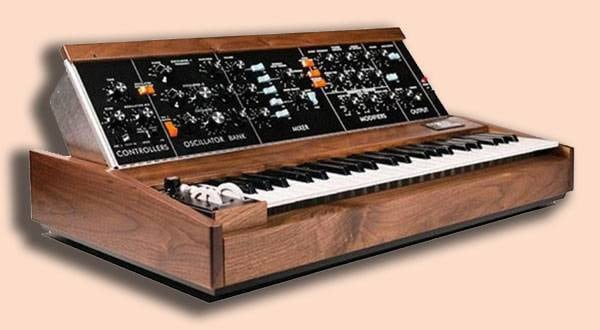
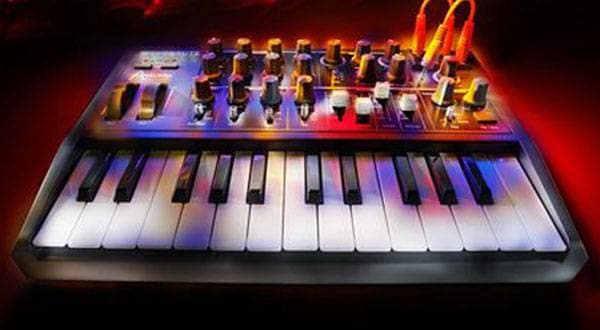

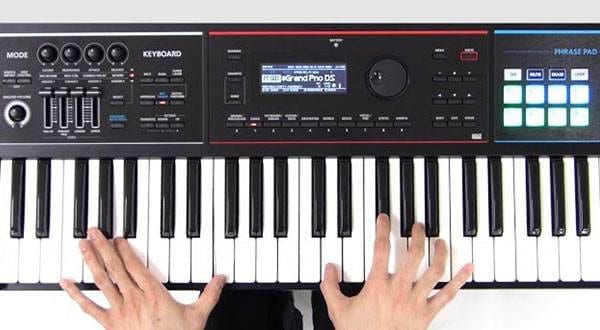
 シンセサイザー 入門ガイド
シンセサイザー 入門ガイド
 PLAYTECH キーボードセレクター
PLAYTECH キーボードセレクター
 おすすめの電子ピアノ
おすすめの電子ピアノ
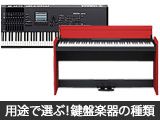 用途で選ぶ!鍵盤楽器の種類
用途で選ぶ!鍵盤楽器の種類
 キーボードスタートガイド
キーボードスタートガイド















